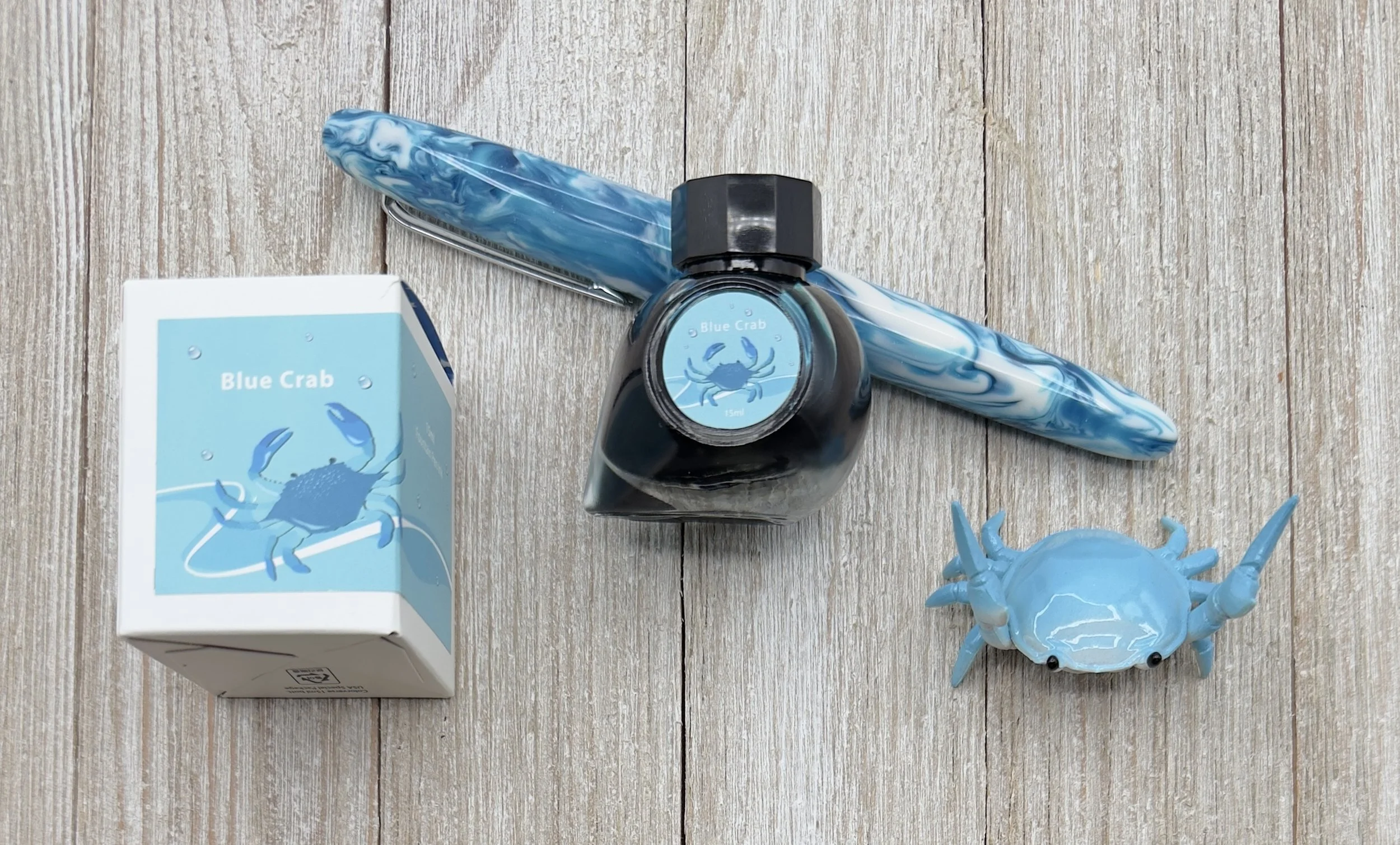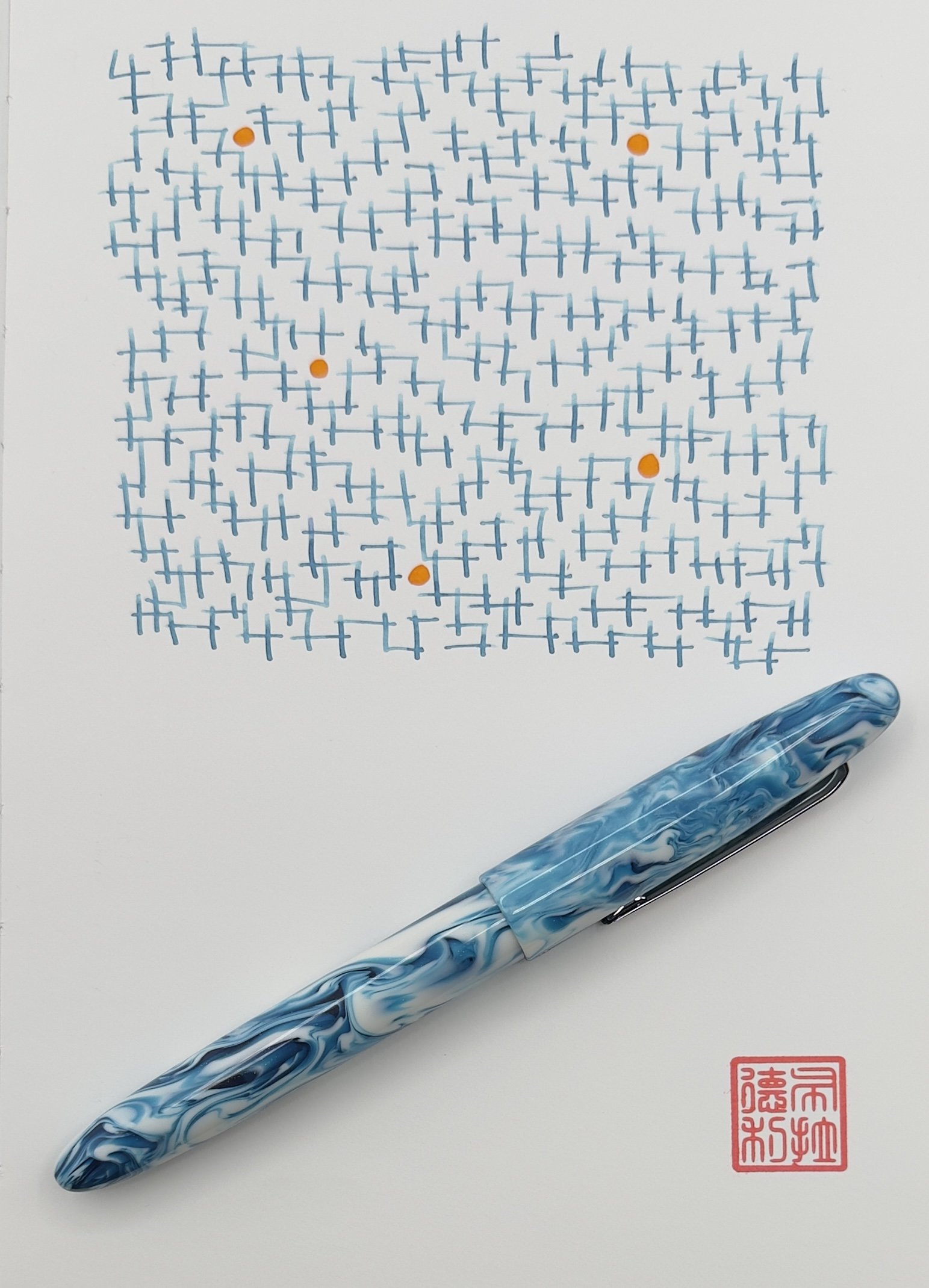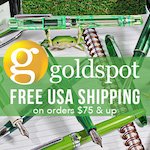(Jeff Abbott is a regular contributor at The Pen Addict. You can find more from Jeff online at Draft Evolution and Twitter.)
Spring is finally making its way to the northern hemisphere, and I've found myself compulsively choosing green whenever it's available. There's something about the cheery green shade that really appeals to me at the moment, and I've decided to lean into it. This applies to all things in my sphere, not just stationery. For my 2025, whenever I buy something new (and assuming the option is there), I'm choosing green. That being said, fountain pen inks are a great place to dive in, because there are so many beautiful green inks out there.
This week, I'm looking at Robert Oster Jade — a lovely medium green with moderate shading and great performance. In terms of the namesake, I think it does a good job of matching the gemstone, though it makes me think of green leaves or blades of grass more often. To me, it seems like a great middle-of-the-range green hue, and the shading elevates from a basic green to something more.
The range of color that the ink exhibits isn't huge, but there's just enough differentiation that is easy to see when used with any nib. The range of greens in this ink is what makes it so life-like and dynamic on the page. Just like leaves, blades of grass, and mineral formations, there's a wide variation of color on the surface that can shift and change with the available light. The shading is what makes this ink so enjoyable to use. Jade is a simple ink that works exceptionally well.
Writing with the ink is on par with any other Robert Oster ink I've used. There's no bleeding or feathering, and the ink starts quickly and without any drama. The flow is good and it provides plenty of lubrication to the nib so that nibs feel smooth when they move across the page.
One thing that the ink doesn't do well is dry quickly. In most cases, the ink takes roughly 25-40 seconds to become fully smudge-proof. It's mostly dry after 20-30 seconds except for the areas where ink naturally pools where the nib changes direction and deposits a little extra ink. This isn't a terrible time for drying, but it won't suit anyone who needs a fast-drying ink.
When it comes to price, Jade is right in line with the rest of the standard Robert Oster lineup. A 50 ml bottle is $19, while a small 4 ml sample vial will set you back $3.75. For me, the bottle is a no-brainer because I know I'll use this ink a lot.
Within a few minutes of testing it out, I already knew that it was in my top tier of ink colors, and the great performance seals the deal. The world is a scary, dark place, and it helps to choose brightness where we can. For me, this ink helps transport me to a happier place when I need a little pick-me-up!
(Vanness Pens provided this product at a discount to The Pen Addict for review purposes.)
Enjoy reading The Pen Addict? Then consider becoming a member to receive additional weekly content, giveaways, and discounts in The Pen Addict shop. Plus, you support me and the site directly, for which I am very grateful.
Membership starts at just $5/month, with a discounted annual option available. To find out more about membership click here and join us!





















































